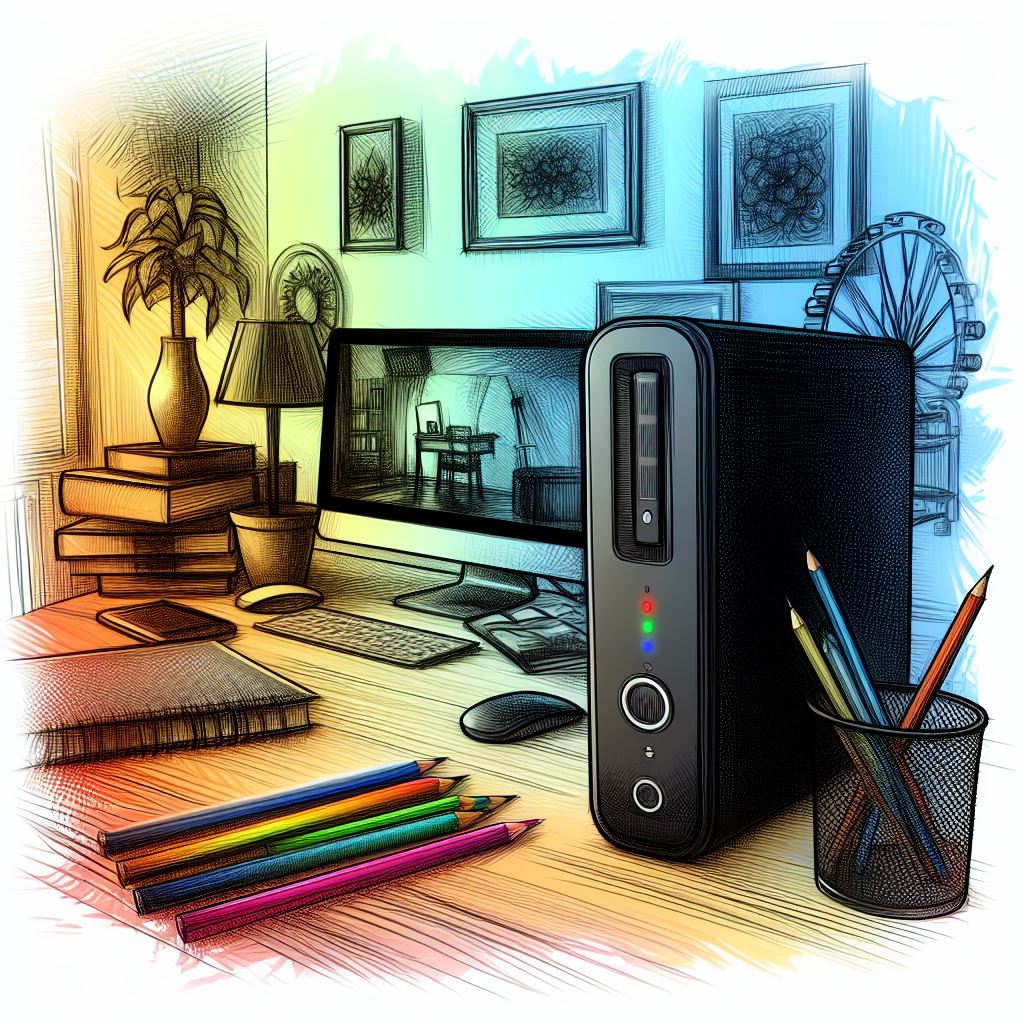The NETGEAR Nighthawk CM2050V Modem is designed to work seamlessly with Xfinity from Comcast Voice Service Plans, offering compatibility for cable provider plans up to 2.5Gbps. Notable features include support for Xfinity Voice service with capabilities for up to 2 telephone lines, enhanced call features, and compatibility with any WiFi router through its Ethernet port. The modem boasts a high-speed 2.5 Gig Ethernet port for true multi-gig Internet connections, and it is engineered with advanced technologies such as DOCSIS 3.1, 32X8 channel bonding, and OFDM(A) 2×2.
By replacing your cable modem, users can save many bucks in equipment rental fees. However, it’s essential to note that the modem is not compatible with Verizon Fios, AT&T, and fiber Internet services. In summary, the NETGEAR Nighthawk CM2050V Modem offers robust features for Xfinity users seeking high-speed and reliable connectivity with voice service support.
Pros:
- Reliable Netgear Hardware: Users appreciate the reliability of Netgear hardware, expressing satisfaction with its performance over the years.
- Stable Data Flow: The modem ensures a fast and steady data flow from the internet service provider (ISP), meeting users’ expectations for consistent connectivity.
- Ventilation Maintenance Tip: The tip to keep vent holes free from dust buildup enhances the longevity of the device, emphasizing the importance of proper maintenance.
- Responsive Netgear Support: Despite initial setup challenges, customers praise Netgear support for addressing connectivity issues effectively. Subscribing to Netgear phone support yielded superior technical assistance.
- Effortless Installation: Users commend the modem’s straightforward installation process, describing it as easy and user-friendly.
- Seamless WAN Connection: The modem resolves Wide Area Network (WAN) issues effortlessly, requiring no additional tweaking or reconfiguration for a smooth internet connection.
- Compatibility with Mesh Systems: Users report successful integration with mesh Wi-Fi systems, eliminating Wi-Fi dead zones and signal outages, contributing to improved home network coverage.
- Effective Internet Speed Upgrade: Customers upgrading their cable service to higher speeds find the modem to be effective, providing good performance and solid internet connectivity.
- DOCSIS 3.1 Technology: The modem’s advanced DOCSIS 3.1 technology future-proofs investments, ensuring compatibility with the latest internet plans and potential speed increases.
- On/Off Button Convenience: The inclusion of an on/off button on the modem’s back is highlighted as a convenient feature for easy resets, enhancing user experience.
- Visible and Not-Too-Bright Lights: The modem’s lights are praised for being easy to see without being overly bright, providing clear indications without causing discomfort.
Cons:
- Initial Connectivity Challenges: Some users experienced initial setup challenges, including signal drops and connectivity issues, requiring multiple calls to customer support for resolution.
- Subscription for Premium Support: The offer of premium phone support at an additional cost has been viewed by some users as a strategy to encourage subscriptions, raising questions about the level of initial support provided.
- Possible Overheating Concerns: While not universally agreed upon, a few users expressed concerns about the modem getting hot. However, others did not find this to be a significant issue.
- Speed Degradation Over Time: A user reported a significant speed decrease over a few months, with the modem’s speed dropping from 934 Mbps to 200 Mbps.
- Dependency on Comcast Service: Some users found that the modem’s performance was influenced by Comcast service quality, and changes made by Comcast could affect the modem’s functionality.
- Higher Price Point: The modem’s price is mentioned as a consideration, with some users highlighting its cost compared to other options.
Installation Process
- Disconnect Existing Equipment:
- Power down and disconnect any existing modems and routers.
- If replacing an existing modem, unplug it and connect the new cable modem to the same outlet.
- Connect the Cable Modem:
- Use a coaxial cable to connect the cable modem’s port to a cable wall outlet.
- Ensure a tight connection, preferably directly to the cable wall outlet, or use a 3.5dB (1 to 2) splitter if sharing the connection.
- Phone Connection (If Applicable):
- If you have Xfinity Voice, connect your phone to the Tel 1 port on the cable modem using a phone cable.
- For two-phone line subscriptions, use the Tel 2 port.
- Power Up:
- Connect the power adapter to the cable modem and plug it into an electrical outlet.
- The cable modem may reset multiple times during power-up.
- Wait for Online LED:
- Wait for the Online LED to light solid white, which may take up to 10 minutes.
- If the Online LED doesn’t light solid after 10 minutes, check the cable outlet or contact your ISP.
- Connect a Router:
- Connect the cable modem’s Ethernet port to the WAN/Internet port on the router.
- Power on the router and connect your computer or mobile device to the router.
- Gather Information:
- Collect information about your Xfinity account and cable modem details from the label.
- Activate Internet Service:
- Close all web browsers and launch one.
- If not redirected, visit xfinity.com/activate.
- Provide Xfinity credentials and complete the self-activation process.
- Activation may take up to 10 minutes, during which the cable modem reboots twice.
In conclusion, the NETGEAR Nighthawk CM2050V Modem receives acclaim for its reliable hardware, effective support, easy installation, and compatibility with various setups. While some users faced initial challenges and raised concerns about overheating or speed degradation, the overall positive experiences and features outweigh the drawbacks.

